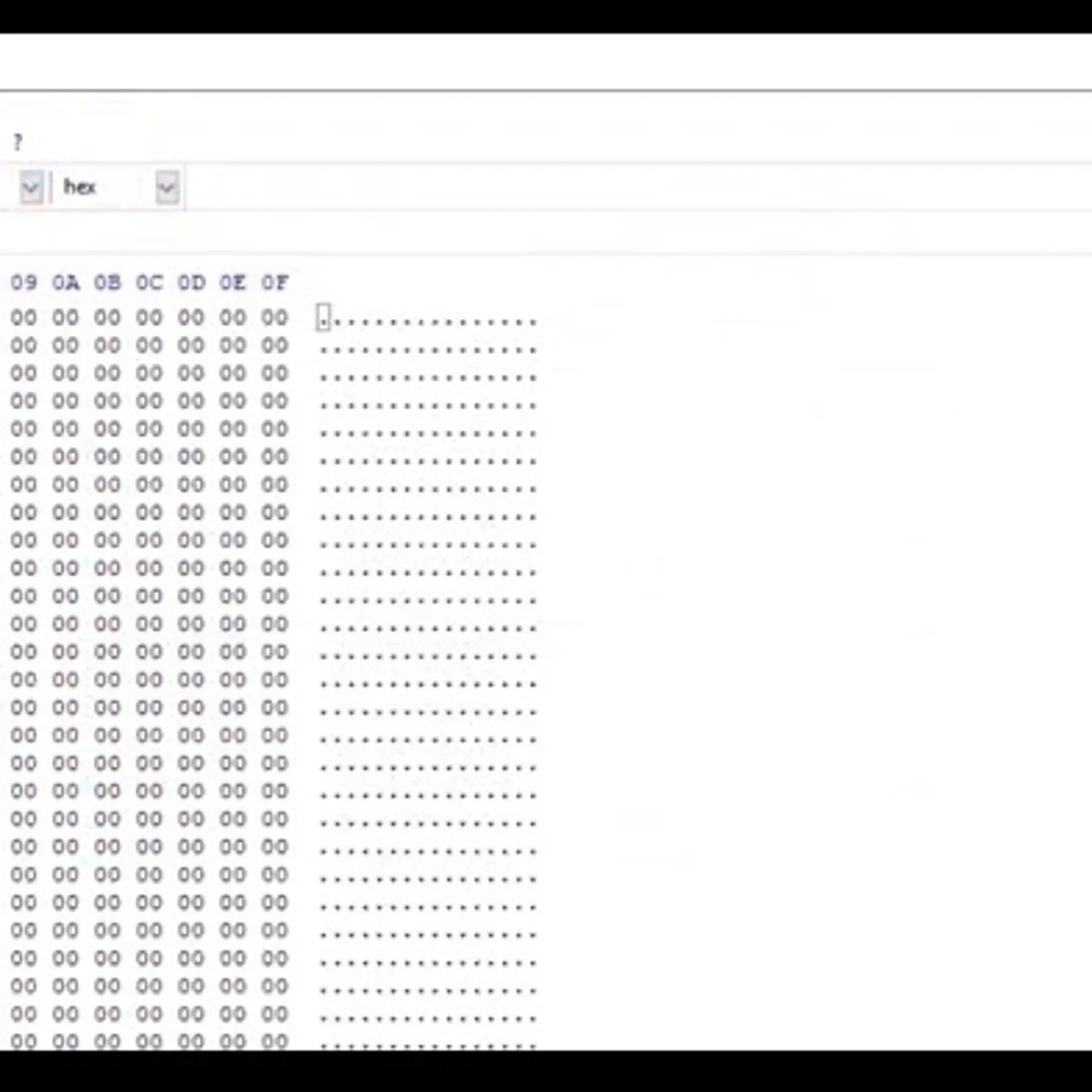

7 basic factors for on-page SEO optimization
On-page SEO
On-page SEO and Off-page SEO are different types of SEO,Search Engine Optimization.
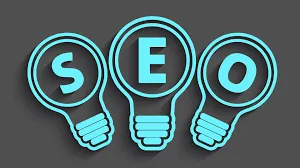
SEO, Search Engine Optimization
On-page SEO technique is an optimization technique in which website traffic can be improved by making changes in the content and code of a document. Off-page SEO technique is an optimization technique in which website traffic can be improved by externally linking and sharing your website URL.
On-page and Off-page SEO can be done in 3 ways
- White hat: Ethical SEO
- Black hat: Unethical SEO
- Grey hat: Combination of white and black hat
On-Page SEO
On-page SEO is a technique to improve your website traffic with an awesome content, attracting image, title, meta description etc…
7 Basic Factors for On-page SEO optimization
Here are the basic factors of On-page SEO
- Title optimization
- Meta description
- Content optimization
- Keyword optimization
- Image optimization
- Anchor text
- Header Tags
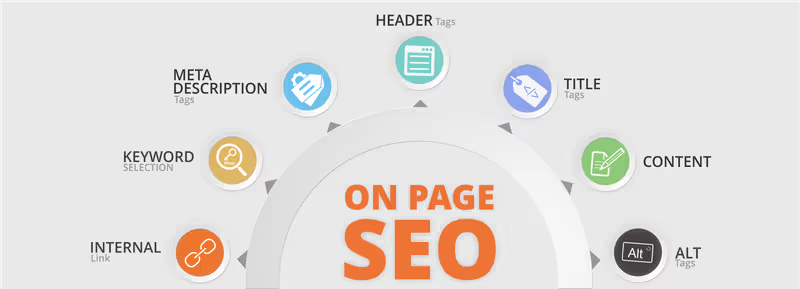
7 basic factors for on-page optimization
1. Title Optimization
Title optimization in On-page SEO is one among the basic factors of On-page SEO. Giving an appropriate title tag to the website is an important factor in on-page SEO. The title that we give must be relevant to the content and easily catching.
Tips for Title optimization
- Relevance: Title given to the document must be a relevant to the topic i.e. must be depending on the content.
- Size: Title tag should be of length 55-60 characters i.e. 512 pixel.
- Easy to crawl: The title should be easy to crawl.
- Error free: The title should be error free.
- Unique title: Title should be unique and avoid keyword cannibalism.
- Attractive, impressive and catching: Title should be attractive, impressive and catching to increase the click to rate.
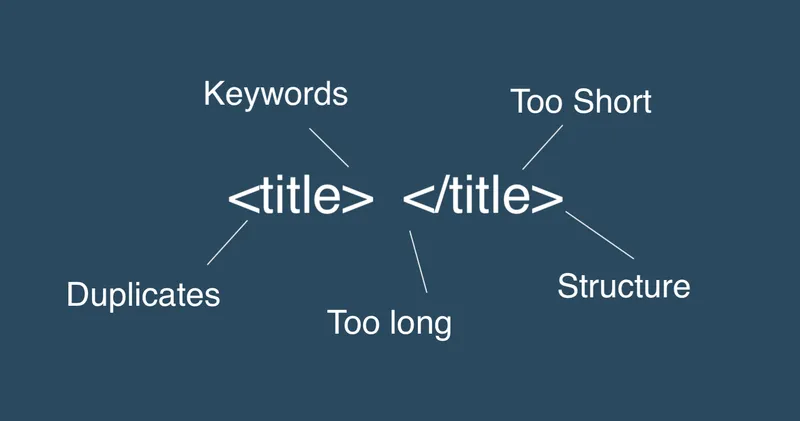
Title optimization
2. Meta description
Meta description is one another basic factor of On-page SEO. Meta description is a small text or small paragraph that gives a short summary on web pages or content. Meta description is visible on SERP page.
Tips for Meta description
- Relevance: Meta description should be relevant to the topic and should rely on the content.
- Size: Meta description should be of length 155-160 characters i.e. 1024 pixels.
- Readability and visibility: Meta description should be visible completely and should not be truncating.
- Unique: Meta description should be unique.
- Error free: Meta description should be error free.
- Easy to crawl: Meta description should be easy to crawl
- Attractive, impressive and catching: Meta description should be attractive, impressive and catching to increase the click to rate.
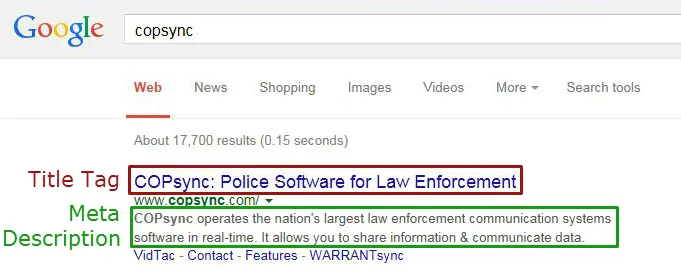
Meta description
3. Content Optimization
Content optimization is one another basic factor of On-page SEO. Content is the main body of a document. It’s all about what the document is about.
Tips for Content Optimization
- Relevance: Content should be relevant to the title used, i.e. content and title must go hand in hand.
- No error: Content should be error free and easily readable.
- Focusing keywords: Keywords should be properly added to the content without any stuffing.
- Unique: Content should not be copied or shouldn’t be repeated.
- Interesting: Content should be interesting and easily understood for common people.
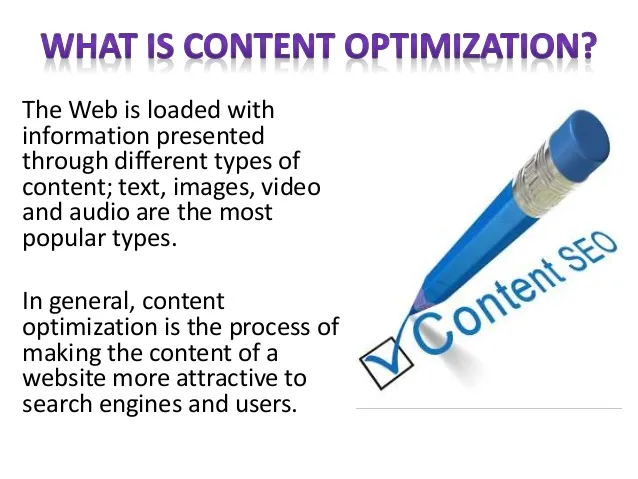
Content optimization
4. Keyword Optimization
Keyword optimization is one another basic factor of On-page SEO. Keywords are ideas that define the content. They are the search words that users are in search. Keywords are the words that make the user aware about the content.
Tips for keyword optimization
- Out of 100 words, maximum of 4 times the keyword should be used.
- Keyword density is given by no.of keywords by total no.of words.
- Keywords should be bold.
- Keywords should be the first word in a paragraph.
- Keywords should be catchy for Google bots and users.
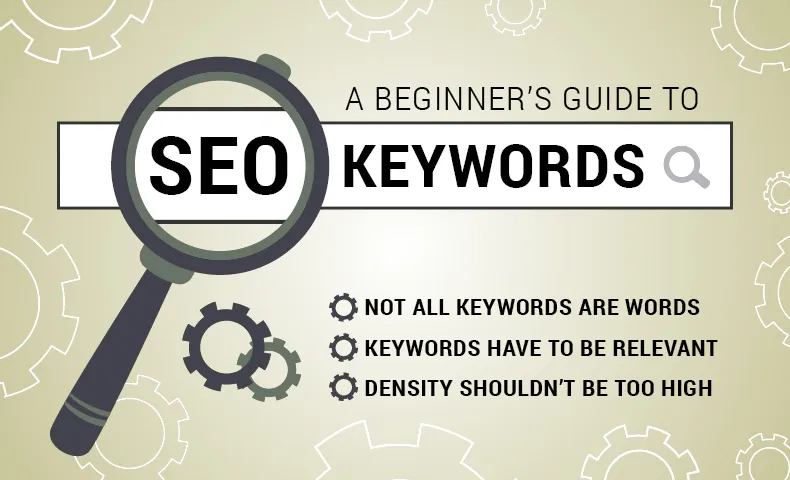
Keyword Optimization
5. Image Optimization
Image optimization is one another basic factor of On-page SEO. Images should be unique and must be relevant to the content. Image optimization includes compressing the images so as to reduce the size utilized.
Tips for Image optimization
- Relevance: Images used should be relevant to the content.
- Unique: Images used should be unique.
- Attractive: Images used should be catchy and attractive to the user.
- Size: Use image formats that utilize less size and memory.
- Quality: Use image formats that are of high quality.
- Alt text: All the images used should be given proper alt tags to increase the accessibility.
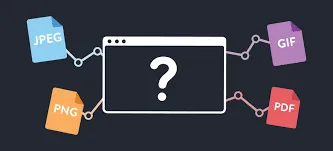
Image optimization
6. Anchor text
Anchor texts also termed as link label, link text or link title, are visible and clickable text. Anchor text act as catalyst or fuels for crawling. Anchor text normally remains as 60 characters.
Tips for Anchor text
- Relevance: Anchor text used should be relevant to the content.
- Visibility: Anchor texts are easily viewable by bots.
- Equity passing: Equity passing takes place and so the no. of anchor text used should be limited.
- Guest blogging: Anchor text appreciates in cost efficient and successful guest blogging.
- Spammy sites: Avoid linking from spammy sites.
- Stuffing: Avoid stuffing of anchor text. Distribute anchor text according to the proportion.
- Attractive: Choose anchor texts that users pay more attention.
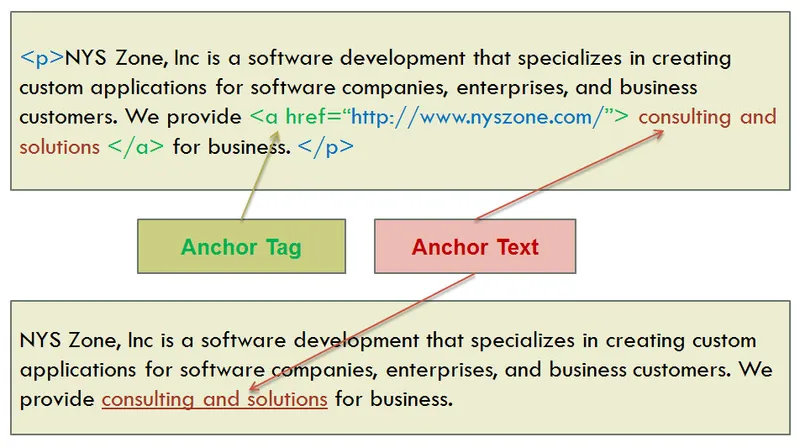
Anchor Text
7. Header Tags
Appropriate header tags is a basic factor among on-page SEO. Header tags would give a vague idea about the paragraph text and gives a break to the text. Tags are H1, H2, H3, H4, H5 and H6, where H1 tag is said to be the title tag too. If the title tag is missing in a document then bots automatically chooses H1 as the title tag.
Tips for Header Tags
- Usage: H1 tag can be used only once and H2, H3, H4 etc…can be used without any limit.
- Try to include keywords in the header tags.
- Size: It is a better practice to use header tag of length less than 70.
- Interesting: Header tags should be interesting, catching and attractive.

Header Tags
Authorship
Authorship is to claim ownership of a content or article or document created by an individual. It gives the identity of the owner who owns it. It is better to have authorship for the work done by an individual so that it gives good impression on the author and would increase user trust on the owner. This would also increase users to look forward to new articles by the same owner and would increase the views too.
SEO, Search Engine Optimization is the process done to improve the traffic of a website and thereby improve its visibility on search engine. SEO techniques are mainly of two, On-page SEO and Off-page SEO. SEO providers and SEO companies would help you to know more about SEO, on-page SEO and off-page SEO.



1564577705723.jpg?mode=crop&crop=faces&ar=16%3A9&format=auto&w=1920&q=75)

